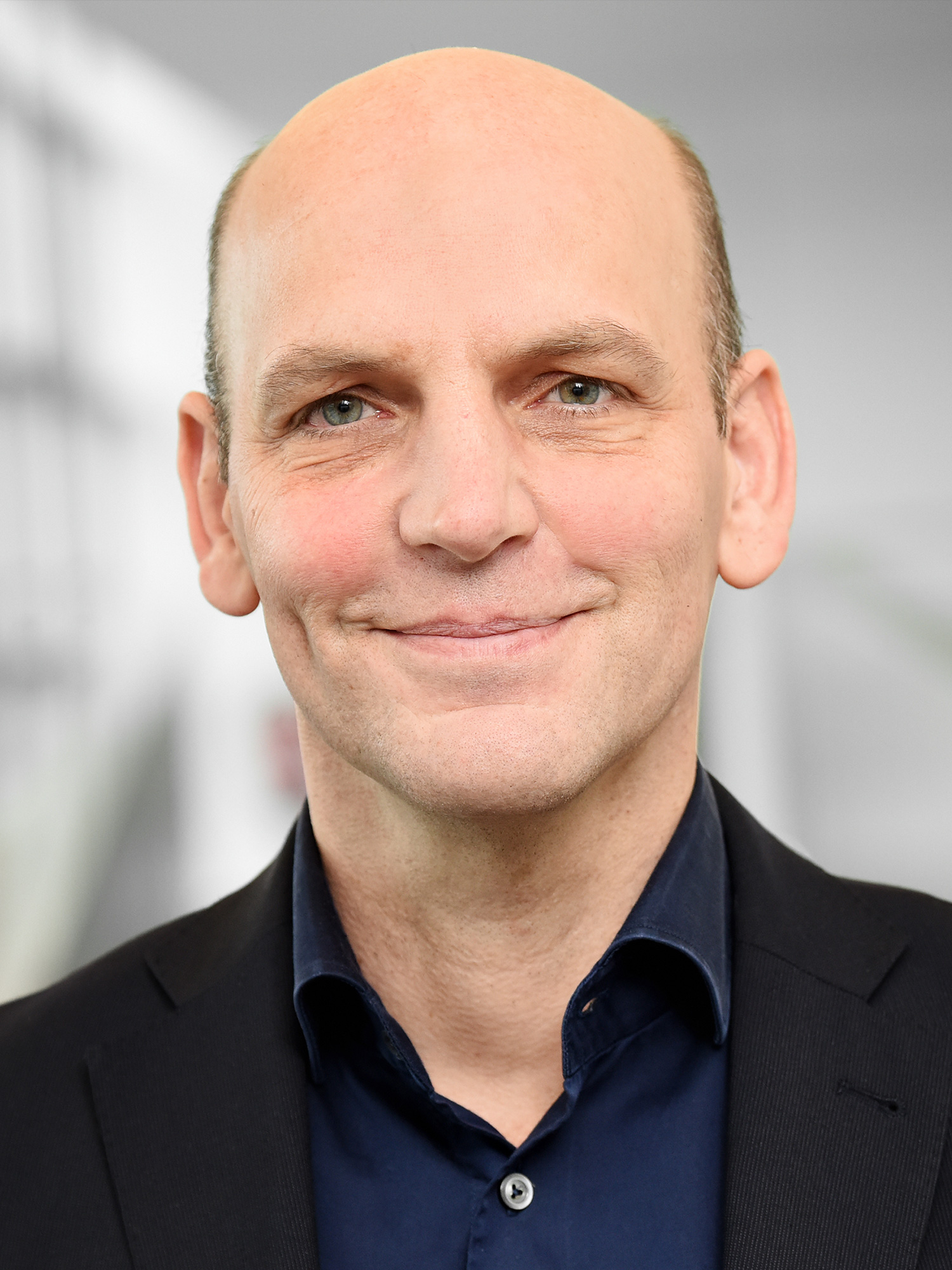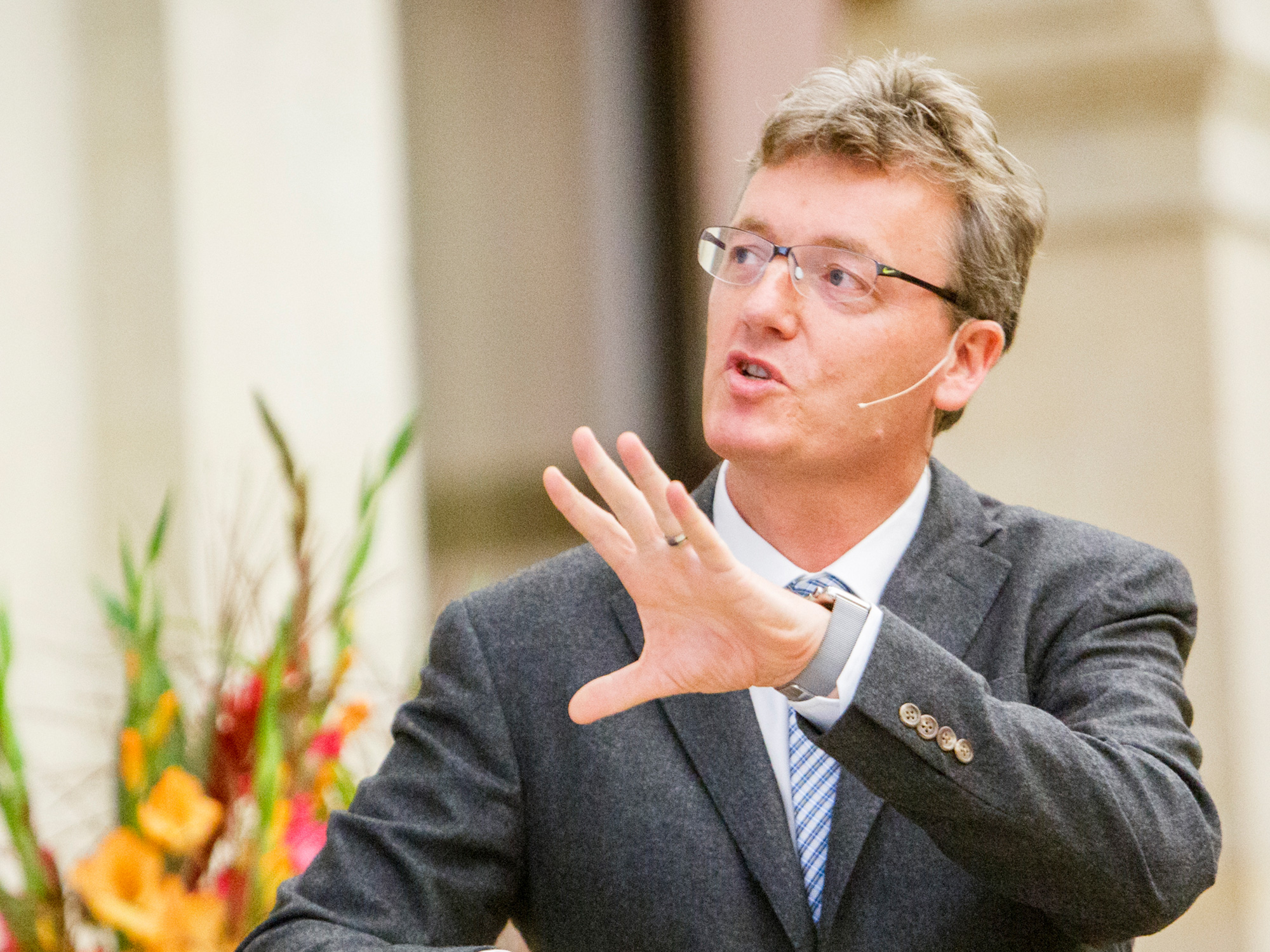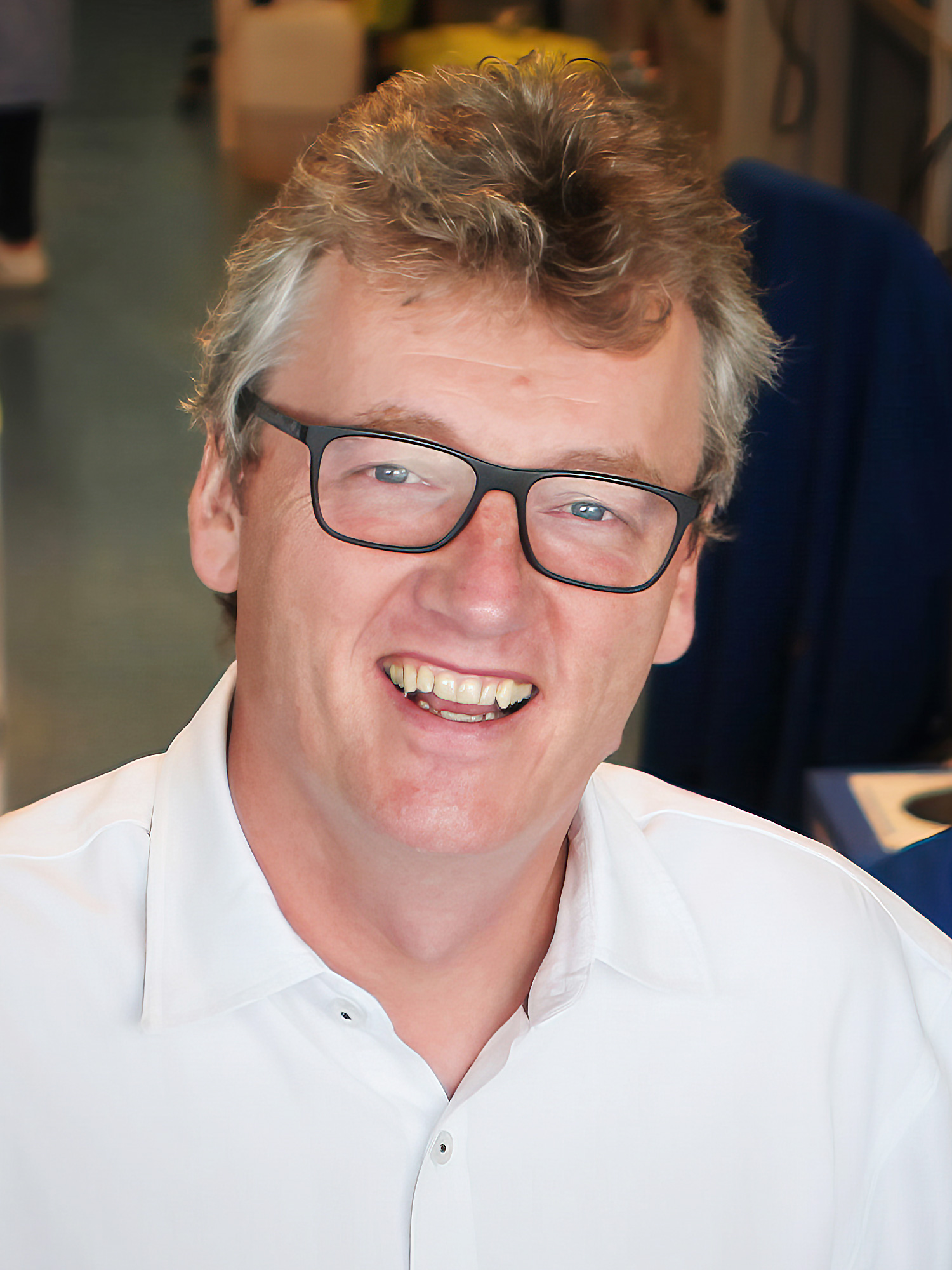Chemistry Nobel Prize Honors Technique for Building Molecules

Introduction
Chemists are constantly tasked not just with designing useful new molecules — for novel drugs, energy-storing materials and countless other jobs — but with designing better ways to make those molecules. One big hurdle is that desirable chemical reactions are often slow or inefficient and can only become practical with the addition of catalysts, substances that can accelerate reaction rates without getting involved in the reactions themselves. For the past couple of centuries, the world of chemical catalysis has rested on two major pillars: enzymes and metals.
But in 2000, a pair of chemists — Benjamin List of the Max Planck Institute for Coal Research in Germany and David MacMillan of Princeton University — independently introduced a third pillar, for which they were recognized today with the 2021 Nobel Prize in Chemistry. The process they developed, known as asymmetric organocatalysis, makes use of small organic molecules to promote faster and more efficient reactions.
The work, according to the Nobel Prize committee, spurred “a totally new way of thinking for how to put together chemical molecules.”
One source of inefficiency in many chemical reactions is that they can generate two mirror-image forms of a molecular product, a left-handed version and right-handed one (a structural property known as chirality). Despite having the same makeup, the mirror-twin molecules are not identical, and in the case of pharmaceuticals, they can have very different physiological effects on a person. Scientists therefore often want to selectively synthesize just one version, and they employ metal catalysts and enzymes to favor production of one or the other.


Frank Vinken


Schering Stiftung, Photo: Julia Zimmermann
Benjamin List of the Max Planck Institute for Coal Research and David MacMillan of Princeton University have been recognized for their contributions to the development of organocatalysis with the 2021 Nobel Prize in Chemistry.
Frank Vinken; Princeton University, Department of Chemistry, C. Todd Reichart
But while metals can be powerful catalysts, they are also very sensitive to common elements, including oxygen, and often can’t be used effectively in industrial settings. Moreover, the metals in some catalysts can have harmful effects on the environment. In nature, meanwhile, enzymes are incredibly efficient and precise, speeding up reactions to produce many of the complex compounds found throughout life on Earth. But enzymes are often large and complicated molecules that are difficult to design in the lab.
More than two decades ago, List wanted to determine whether it would be possible to simplify enzymes by stripping them down to just a few of their parts: one or a handful of amino acids. He started with an essential chemical reaction, called an aldol reaction, that forms new carbon-carbon bonds. Based on evidence from previous work, he decided to test whether a single amino acid, proline, could successfully catalyze that process — and do so asymmetrically, by producing one chiral product much more than the other.
To his surprise, it did. “When I did this experiment, I didn’t know what would happen, and I thought, maybe it’s a stupid idea,” List said during the Nobel Prize press conference. “And then when I saw it worked, I did feel that this could be something big.”
And it was big: the first example of an organic catalytic molecule that was simple, eco-friendly and inexpensive to use.
MacMillan, meanwhile, was approaching the same goal from a different angle. He had set his sights on another chemical process, known as a Diels-Alder reaction, that forms rings of carbon atoms. He designed several simple molecules that he suspected would be able to create an intermediate product necessary for the reaction to take place. When he tested those candidate molecules, he confirmed that some worked as well as established asymmetric inorganic catalysts.
List’s and MacMillan’s work sparked two decades of research into even more efficient and effective organocatalysts, some of which now “do stuff that even enzymes couldn’t do,” according to List. Those organocatalysts are being used to develop new drugs, including antivirals and anxiety medications, and other products. “That really shocks me,” List said.
How does a catalyst work?
Catalysts speed up the rate of chemical reactions without serving as a reactant or product in the process. During any reaction, some bonds between the atoms in molecules break, while new bonds form. Both of these changes can require a lot of energy. Stable molecules therefore usually stay as they are, occasionally changing their bonds but too infrequently to generate a desired product quickly and in large quantities.
Catalysts essentially lower the amount of energy needed for those changes in bonds to occur. Metal catalysts, for instance, often have large numbers of electrons that they can temporarily lend to reactant molecules, which in effect loosens their bonds and allows new ones to form more easily. In biological systems, enzyme proteins contain a pocket or complex to which reactant molecules can temporarily bind for the same result.
When chemists design catalysts, they usually start by looking for ways to create molecules that will enable reactants to arrange themselves into transitional structures where bonds can break or form more easily. MacMillan’s early work with organocatalysts, for example, involved finding forms of imidazolidinone that would make it easier for transitional forms relating to the Diels-Alder reaction to occur.
If it’s possible to catalyze reactions with just a few amino acids, why does nature rely on complex enzymes?
While organocatalysts may be simpler to design than enzymes, there are many reasons why enzymatic proteins are more advantageous in biological reactions found in nature. Their flexibility, including the ability to form different structures, allows them to facilitate a wide range of diverse processes, with incredibly high levels of selectivity and specificity. That includes controlling complex, multi-step reactions, all at the lower temperatures relevant for life. Moreover, in many cases, the use of organocatalysts requires higher “loading” — that is, higher amounts of catalyst relative to the amounts of reactant. Such levels may not always be possible or desirable in naturally occurring reactions.
Why does “handedness,” or chirality, matter in chemical reactions?
Because of chirality, molecules with identical constituents can often be arranged in nonidentical mirror-image structures (enantiomers) with different reactivities. Chemical reactions often produce mixtures of both forms, so in controlled processes, it matters how much of each is created.
One of the greatest mysteries in biology is why life on Earth is chiral: Amino acids used in organisms are left-handed, while sugars are right-handed. Although their other-handed twins exist, they aren’t a significant part of Earth’s biological systems. That question remains an important one for researchers trying to understand how life might have originated on Earth.
It’s also crucial in the development of drugs and other artificial compounds. Molecules with opposite chiralities can differ in their effectiveness; one might smell different from the other, or one might be toxic while the other is therapeutic. Perhaps the most notorious example is the compound thalidomide, which in some countries was briefly distributed as a treatment for morning sickness during pregnancy — until it was discovered that one enantiomer in the mixture caused serious congenital malformations in developing embryos.
That’s why List, MacMillan and others have focused on asymmetric catalysis: Their aim is to prioritize the synthesis of just one desired chiral molecule, and not its mirror image. They were able to take advantage of the fact that biological enzymes are already chiral as they developed the field of organocatalysis.
This post has been updated with additional details about the award-winning work.
David Julius and Ardem Patapoutian won the 2021 Nobel Prize in Physiology or Medicine. Klaus Hasselmann, Syukuro Manabe and Giorgio Parisi shared the Nobel Prize in Physics.



